You're not paying the big bucks for the engineering, so much as the calibration certificates, and the tracability back to standards.
The reason you're having trouble finding BNC standards is that BNC is not a repeatable connector. It cannot be used for precision work. You might just as well use DIY standards, because you are not going to get high repeatability. N-type is far better, it's similar to BNC internally, but with a screw thread to hold it together. APC-7 is best. SMA is very common on VNAs.
With a short, the only thing you need to worry about is distance to the reflection plane. You can measure this physically, or calibrate it against a better standard. Dielectric will of course increase the distance.
A simple open radiates, making its |S11| < 1.000. You can fix this by making a shielded open. It also suffers from a capacitive fringing field, which you can't fix. There are tables to estimate how much this shifts the reflection plane from the physical end of the coax.
You would certainly get more repeatable results, and accurate results, and likely more usable results, if you did all your R&D in SMA, even if the final implementation was in BNC.
If you do want to make your own BNC standards, then probably the best route is to use connectors to 0.141" or 0.25" semi-rigid. As a hack, I've generally bought a ready made cable, and then cut it in half. Cut your short and open cables to the same length. Solder a short across the end of the cable for the short. This is your good length reference. Shield the open by soldering a copper foil thimble round the end. For shielding, it doesn't matter how far the shield is from the cable open end, however it will affect the estimate of end capacitance. Keep it three or more cable diameters away for negligible impact on the end capacitance, and then look up tables for the end correction. You could make a load, ideally using two 100 Ω resistors in parallel, but it would be easier and more reliable to buy a well-specified load (which wouldn't have much general use) or an attenuator (which will be useful elsewhere in the lab). An unterminated attenuator will have a return loss of twice its attenuation. A loaded attenuator will improve the performance of any rough load it's connected to by twice its attenuation. Generally you'll find the S11 of low value attenuators specified better than high value ones. I've sometimes used a 6dB + 20dB pair of pads, in that order, in a ghetto calibration set.
Before you put in a lot of work, try this experiment with your VNA (does it have N, SMA, or APC connectors?) Using a high reflection device (so short or open), break and make a connection several times, to observe the repeatability. Now put a BNC adaptor on it, and do the same with a BNC device. Compare. Can you live with the levels of repeatability you observe?


